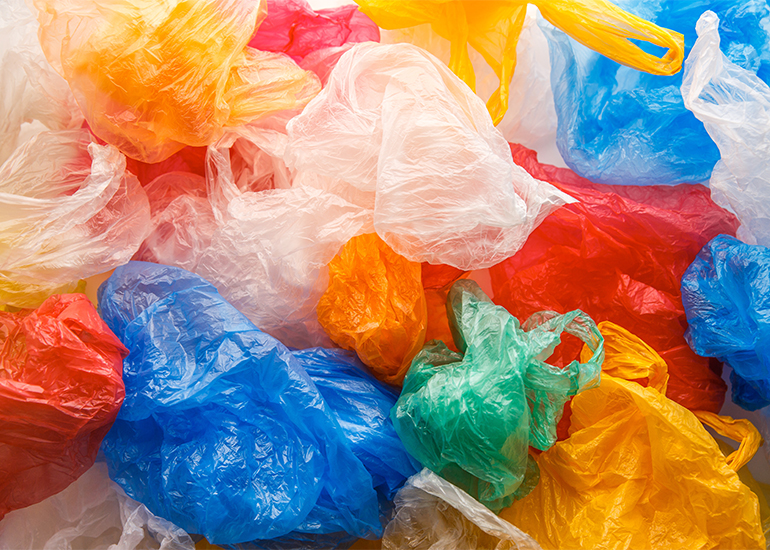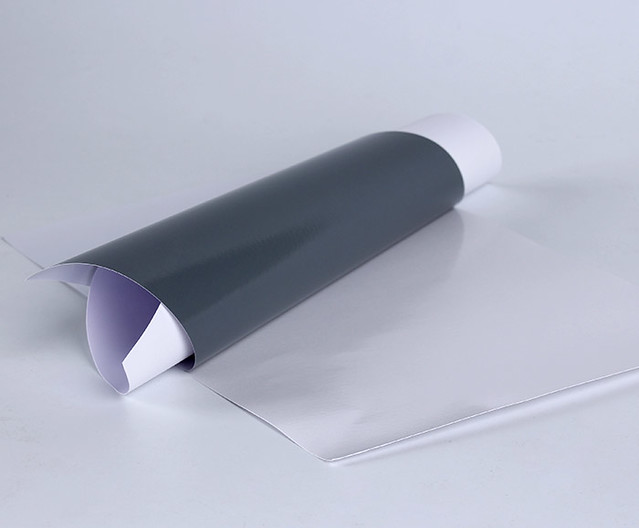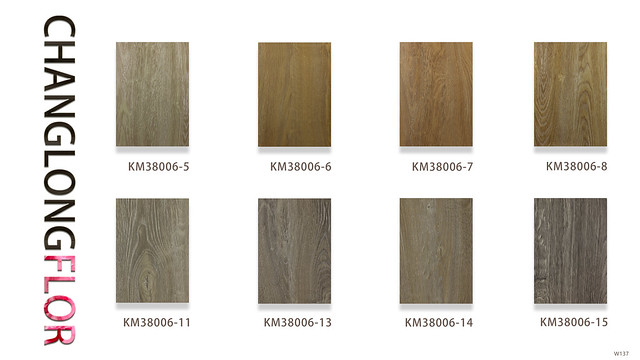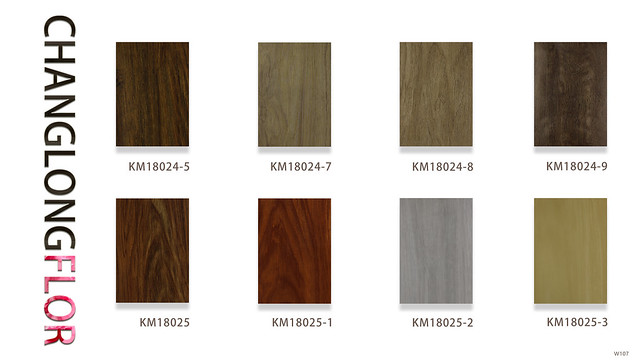Types of Plastic Bags

A plastic bag is a container made of thin, flexible plastic film or a nonwoven textile. Its main use is to transport and contain goods. It can also be used to hold waste. Its versatility makes it an indispensable item for any household or business. Here’s a look at some of the common types of plastic bags.
Polyethylene
Polyethylene plastic bags are widely used in the packaging industry. They are extremely durable, chemical resistant, and impervious to moisture. As such, they are ideal for packaging fresh foods. In addition to their durability, polyethylene plastic bags also have excellent tensile strength. Today, they make up 34% of the global packaging market.
Polyethylene is a polyolefin produced through the polymerization of ethylene gas. Its applications range from food packaging to water bottles and other items. There are two types of polyethylene: high-density and low-density. High-density polyethylene is non-permeable, while low-density polyethylene is permeable.
The manufacturing process for poly bags differs for each manufacturer. These processes may include cutting handles and gussets. Once cut, poly bags are formed and sealed, and come in different thicknesses, colors, and sizes. Most poly bags are branded and have a store name or logo printed on them. Fortunately, manufacturers have developed sophisticated recycling methods that allow them to reprocess poly bags multiple times.
Polyethylene is the most widely used derivative of plastic today. Its lightweight, crystalline structure, and ability to be custom-processed make it a versatile material. This versatile plastic material is highly durable and can be molded into many different shapes and sizes. This allows polyethylene to be custom-processed to meet specific needs.
While polyethylene is not sustainable, reusable plastic bags are a reasonable compromise. The trick is to use reusable bags often. Ultimately, it will be your food choices that have a greater impact on the environment than the type of plastic bag you choose. There are about 100 billion polyethylene plastic bags used by American shoppers each year. However, only a small portion of these bags are recycled. Most end up in landfills, where they can remain for thousands of years.
Polyethylene is not biodegradable, but some animals and bacteria can break down the polyethylene chain. It is also possible to alter the composition of the plastic by polymerization and post-polymerization processes. These methods increase the density, mechanical stability, and chemical stability of the material. Polyethylene does not absorb water and has a low gas permeability. It also has a Teflon-like structure, which makes it resist sticking to water and other molecules.
Polyethylene is the most widely used plastic material in the world. It is made up of several different types, including linear and high-density polyethylene. In the UK, it is commonly known as polythene. High-density polyethylene is highly resistant to chemicals, and is a good choice for rigid pipes and cartons.
Recycling polyethylene plastic bags is an ongoing process that can help reduce the number of bags being used in the environment. While some types of poly bags cannot be recycled, more are being developed with recycling capabilities in mind. As the public becomes more aware of the issue, the number of fines for improper disposal of plastic bags has reduced dramatically.
Linear low-density polyethylene
Linear low-density polyethylene is a substantially linear polymer containing a large number of short branches. It is commonly produced by copolymerizing ethylene with longer-chain olefins. Its properties make it a useful plastic for a variety of applications.
LLDPE is a common thermoplastic and is a popular material in the packaging industry. It can be easily molded into film-like materials while retaining a high tensile strength. While the product is generally recyclable, LLDPE is not a good choice for humans, as its short branches can be harmful.
Linear low-density polyethylene is widely used in the manufacture of flexible plastic products through a process called rotomolding. This process is more Plastic bag efficient than blow molding or injection molding and can be used for a variety of purposes. In addition to its use in packaging, LLDPE is also used in industrial applications including construction, water treatment, packaging, and agriculture.
The main characteristics of LLDPE are that it is flexible, yet strong, and it has a low melting point, making it a popular choice for plastic sheeting. In addition to its many uses, LLDPE also lends itself to recycling and is a good material for making plastic wraps and shopping bags.
Low-density polyethylene is another popular choice for packaging because of its flexibility, barrier properties, and chemical inertness. LLDPE has good clarity and barrier properties and a high impact and tensile strength, making it an excellent material for films. LLDPE is used for a variety of applications, including sterile blister packs and films.
Polyethylene is a group of thermoplastic polymers produced by polymerizing ethylene. Different polymerization processes produce different types of polyethylene with varying properties. The main differences between these types of polymers include the molecular weight, branching structure, and overall density. Examples of polyethylene include HDPE, LLDPE, and UHMWPE.
Linear low-density polyethylene is more flexible than LDPE. The LDPE polymer has a higher molecular weight, making it stronger and more versatile. LDPE is used for industrial, medical, and household applications. It is recyclable and possesses excellent rheological properties.
LDPE is one of the most widely used Polyethylenes in the world. The growth of this material is driven by increasing demands for packaging materials and by the rising affordability of plastic products. However, the growing environmental regulations are expected to limit its growth. This material is a cost-effective alternative to HDPE.
Polypropylene
Polypropylene plastic bags are used for a variety of applications. These bags are made from a polymer that is durable, flexible, and lightweight. These bags are made using a series of processes and machines. Quality control is a key part of the manufacturing process. The first step is called extrusion. The polymer is transformed into a long thread, which is then cooled by a roller.
Polypropylene bags are versatile and cost-effective. They can be used for shopping, transportation, and storage. They are also popular as promotional items. Because they are a plastic-based material, they can be printed with a variety of designs and images. They are also durable and can be used in a variety of industries, including the food and agriculture industry, warehouses, and retail stores.
Many manufacturers use polypropylene bags to pack their products. These bags have great clarity and durability, making them great for non-food items. They also help to extend the shelf life of products by blocking moisture from entering the product. Four Star Plastics is a top plastic bag supplier. They carry a full range of plastic bags, including polypropylene. They have a wide selection of in-stock polypropylene bags ranging from 1.6 mil to 1.9 mil. They are also available in cases of 1,000 bags.
Polypropylene bags are a great alternative to conventional plastic bags. They are more durable and easier to use. They come in a variety of sizes, styles, and closures and can be customized to fit the product perfectly. In addition, they are waterproof and washable. This is a great option for businesses that need to protect their products from moisture and UV rays.
In addition to food packaging, Polypropylene poly bags are used for many other applications. Their clarity and flexibility make them an excellent choice for packaging many items. They also provide easy access and visibility. And with a resealable flap, they are convenient for food storage and merchandising.
Polypropylene plastic bags are more durable than polyethylene bags and are made of long chains of smaller propylene molecules. They are also resistant to fatigue and can withstand repeated loading. They can be reused as well, unlike polyethylene bags, which tend to stretch, deform, and rip.
A wide variety of polypropylene plastic bags is available in many sizes and features. You can even customize them to fit your specific needs. There are bags for packaging, shipping, and medical uses. They are even biodegradable, making them an environmentally friendly option for your business. You can even print your own polypropylene bags to create your own branding.
These bags can be made of high-density or low-density versions. The first is commonly used for produce packaging in grocery stores. This type of polyethylene is made with a thinner gauge, which saves material costs while maintaining adequate strength and sealing options.




